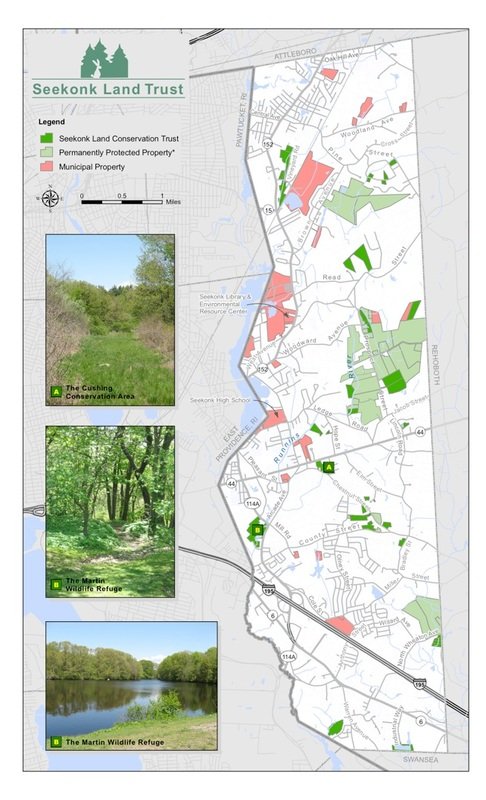Conserving the Land

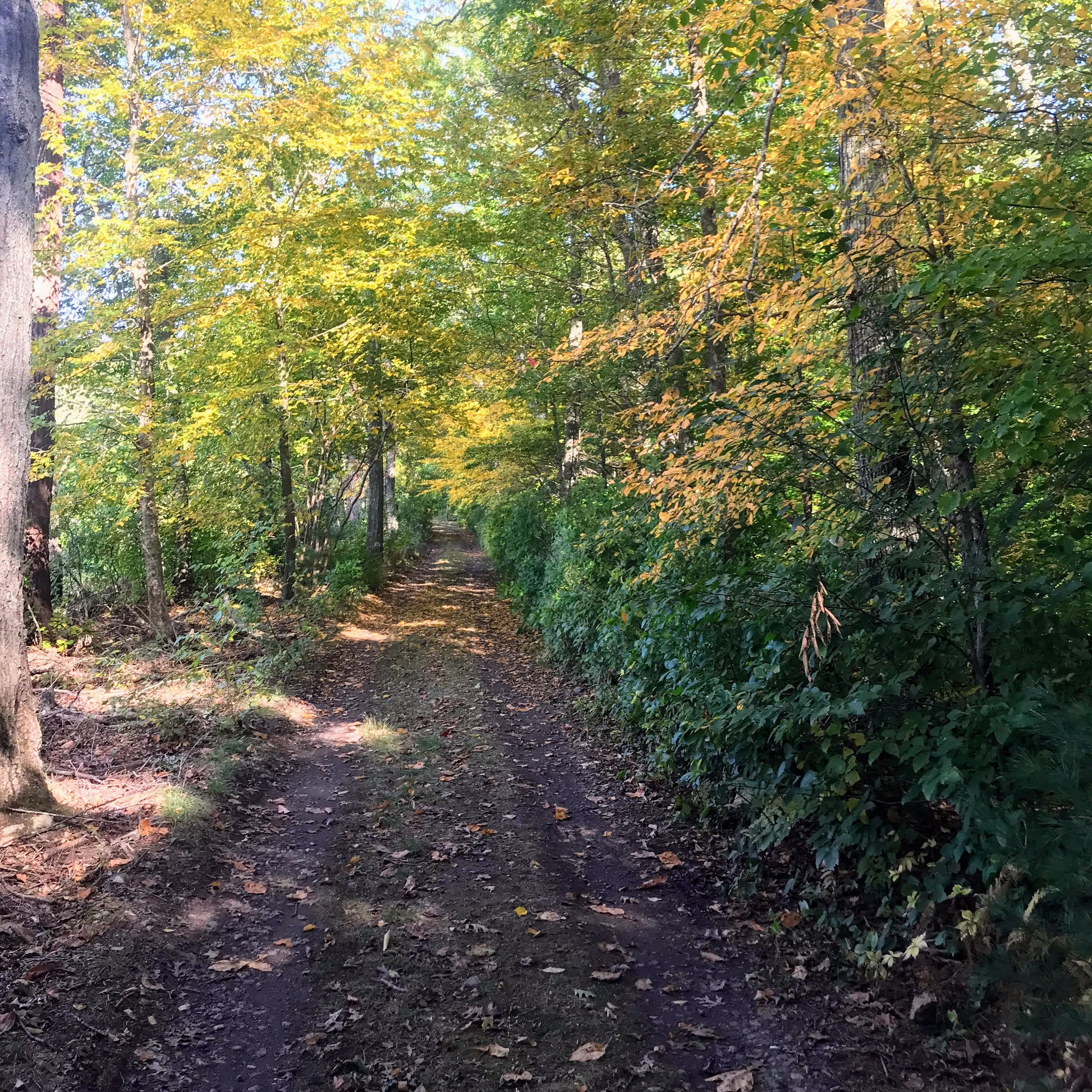
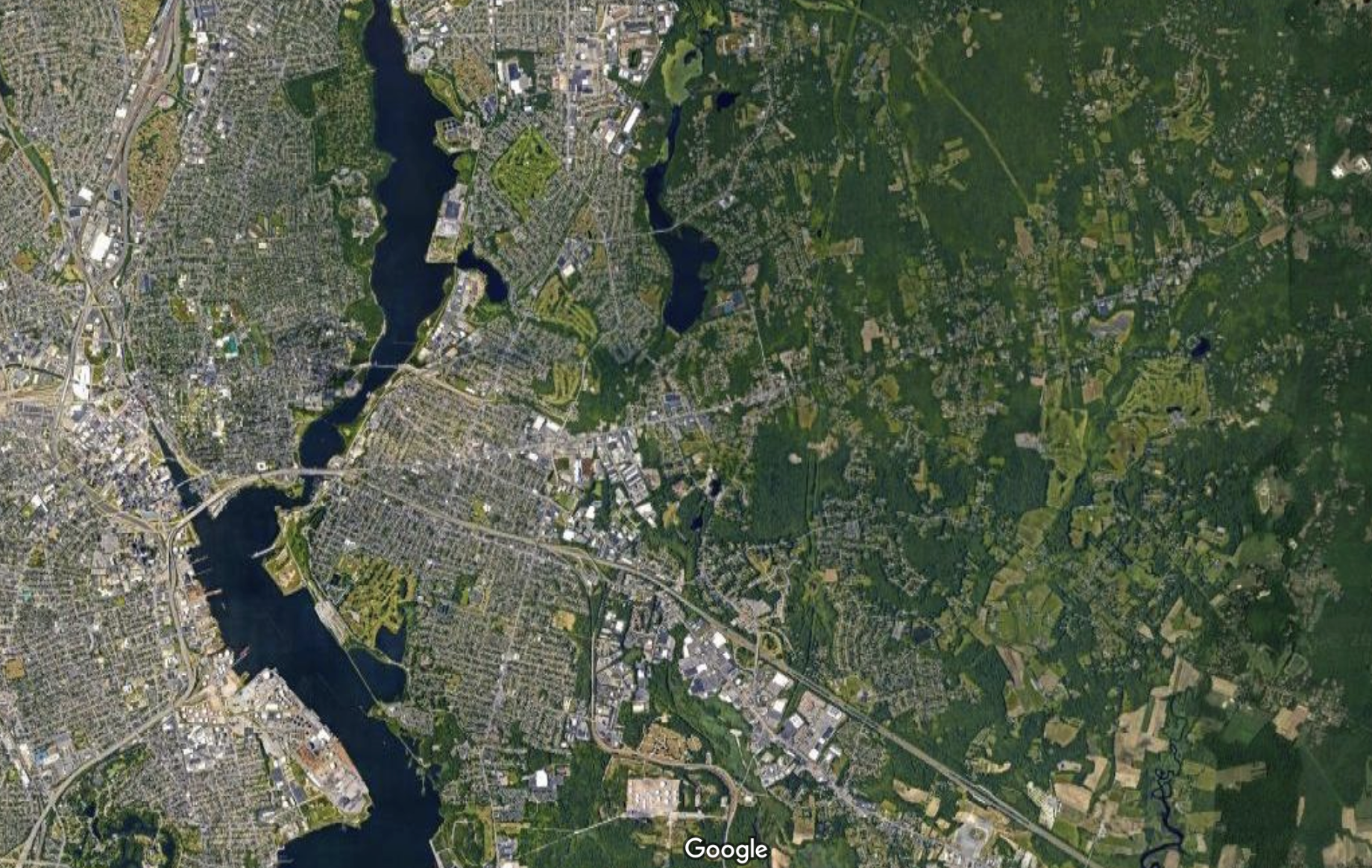
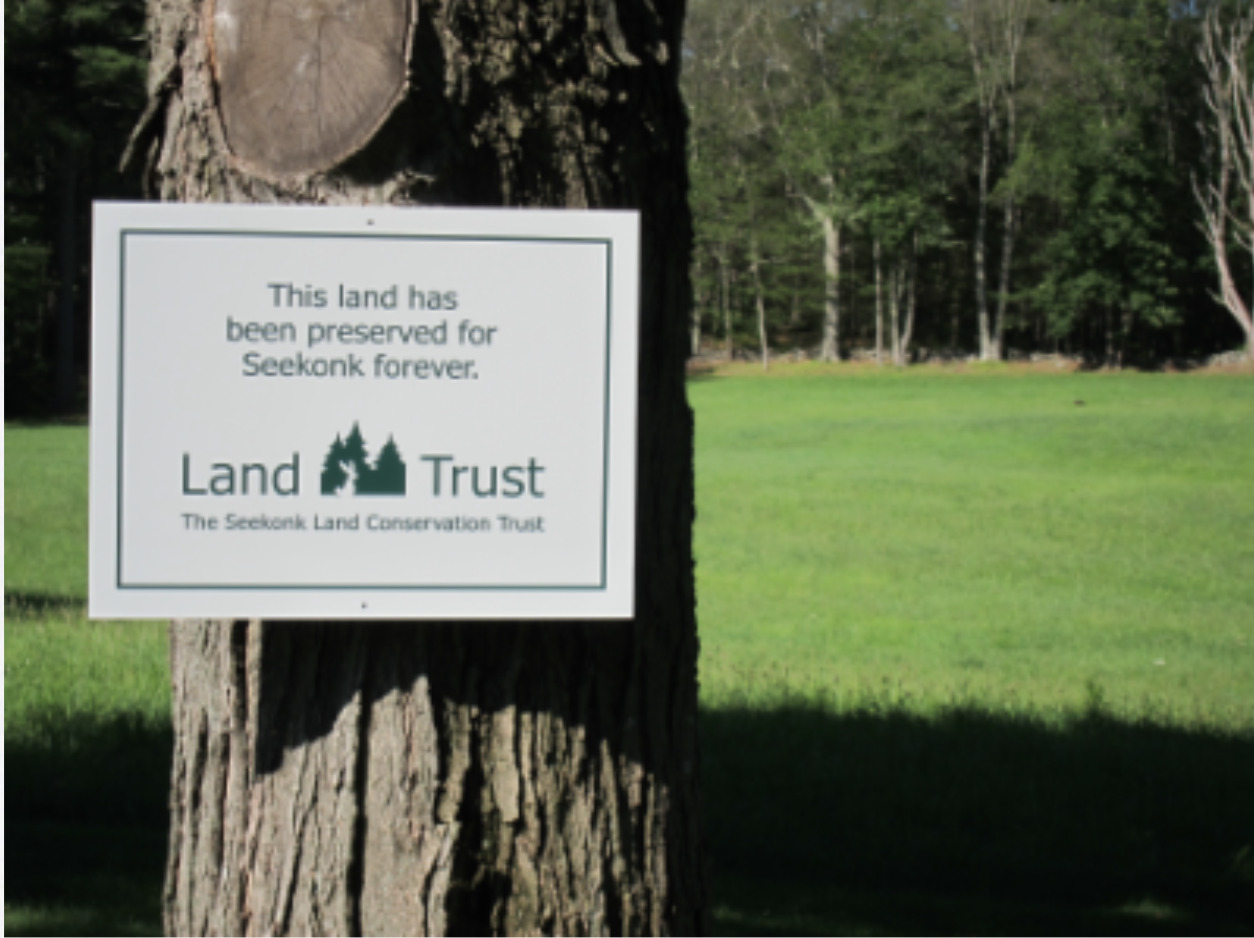

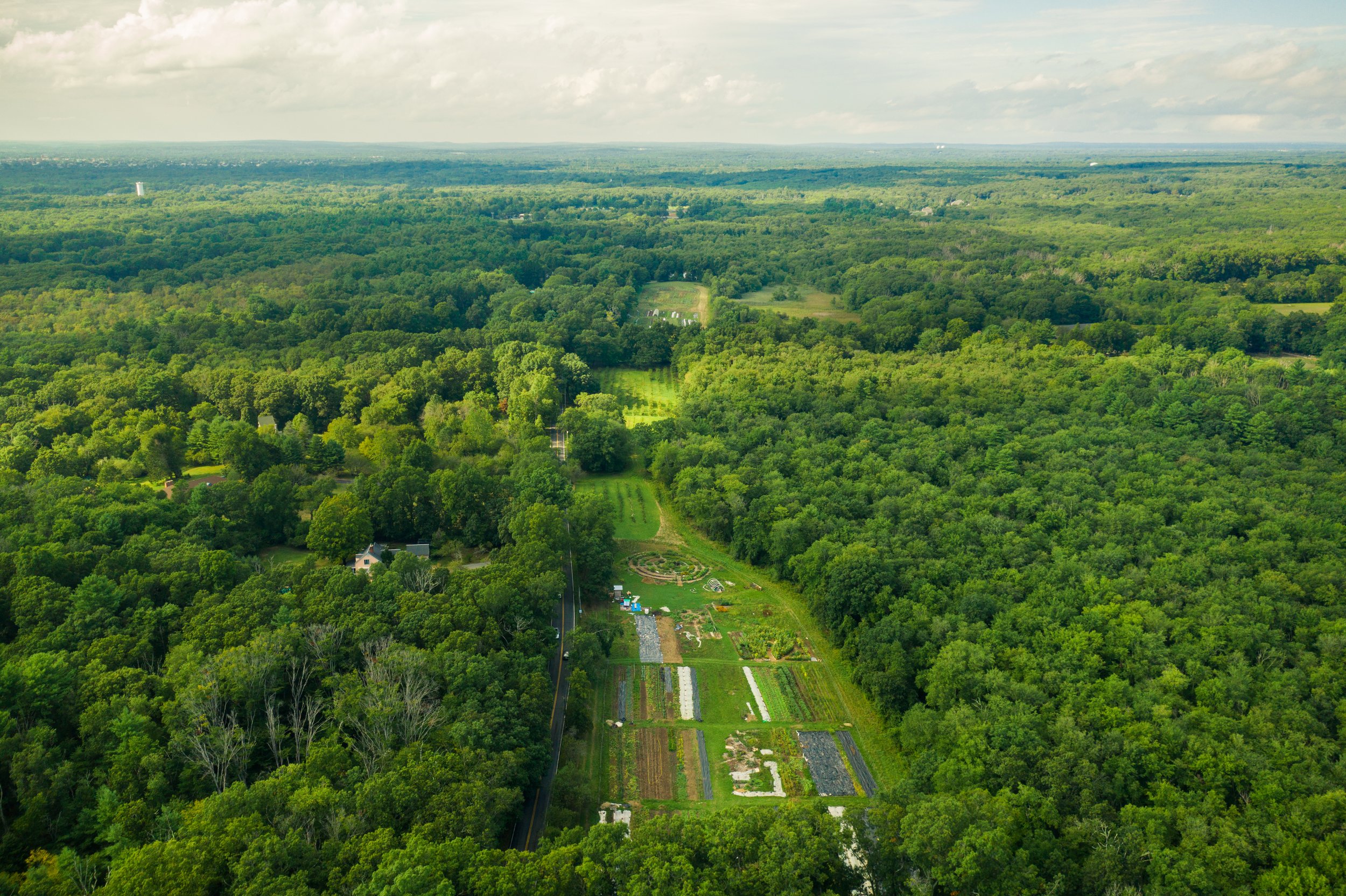
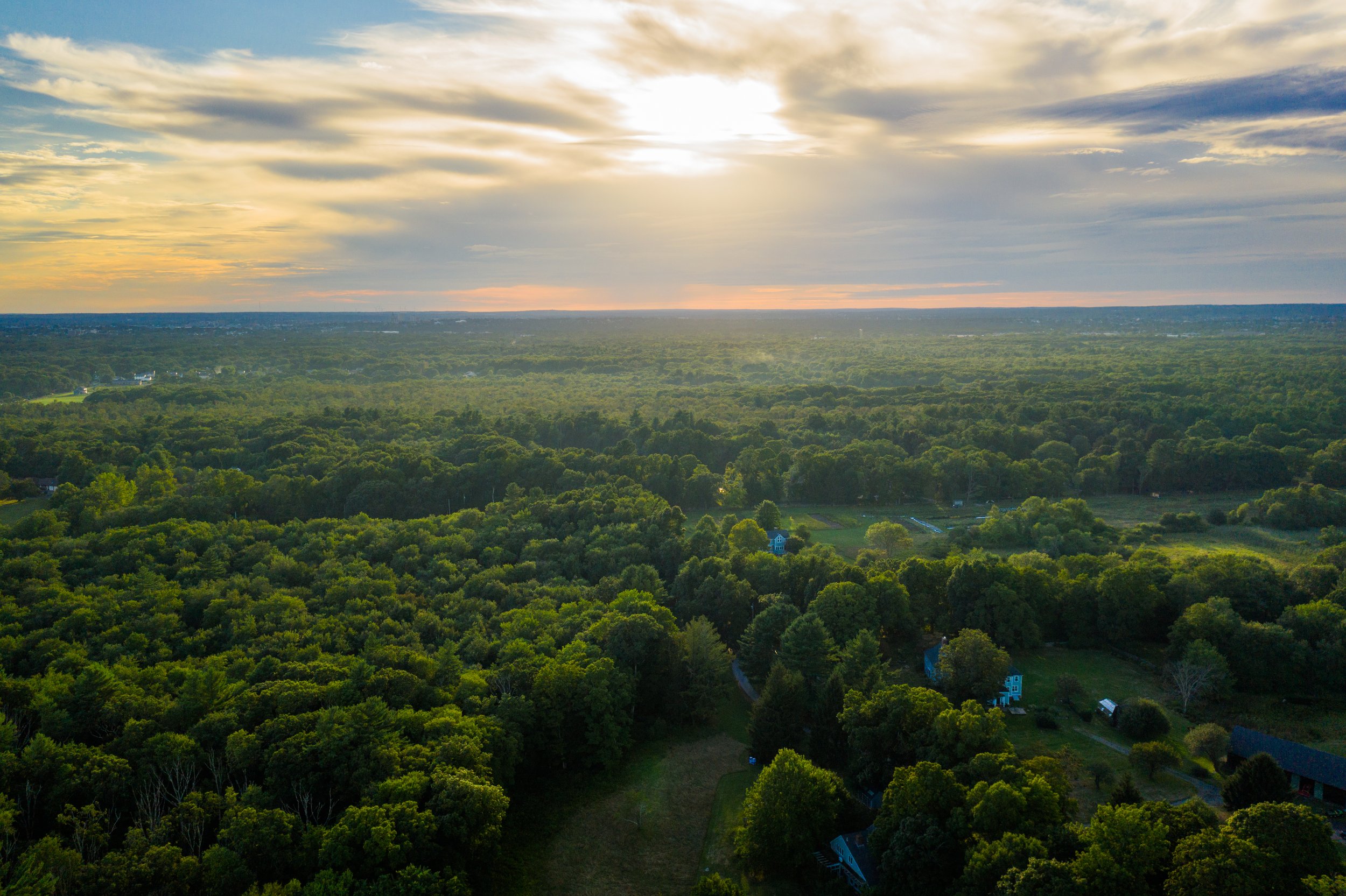
-
Osamequin Farm is bigger than you might think: “Osamequin Farm is a property that's about 450 acres large and it spans from Seekonk into Rehoboth. I think the exact amount of acres is somewhere between 400 and 500 acres. I've heard different numbers. And I'm not sure that we even necessarily know, we'd have to go through the paperwork to figure it out. But it's a very large piece of property, one of the largest contiguous land holdings in Seekonk, if not the largest.” (Sarah) Today, most of Osamequin Farm is no longer farmland: “Beyond the fields, there is just acres and acres of woods and there are trails throughout them that you can explore.” (Sarah)
“And it's really unique in that it’s almost entirely all conserved, which means that it can never be built on… And the Jencks family put this land into conservation to protect it, you know, to preserve this incredible piece of land so that people can enjoy it for many generations. So we're really fortunate to have that protection. The land was conserved in part by the Seekonk Land Trust, and the rest of it is conserved by the Trustees of Reservations. And each of their organizations has their own set of guidelines for exactly what's allowed and what's not allowed. But the underlying principle is that the land is protected, and it cannot be built on. And there's protections in place for wetlands and for different wildlife habitat, and forest and all of the different elements of the farm that we're lucky to enjoy.” (Sarah)
Earlier, you heard from Rosemary Wilson, who grew up in the neighborhood in the fifties, ice skating and horseback riding through the woods with her friends. Rosemary’s mother, Mary, was passionate about preserving these natural spaces for future generations. “In 1967, she with some neighbors or some people she knew here, she founded the Seekonk Land Conservation Trust.” (Tom) That’s Tom Webb, the Seekonk Land Conservation Trust’s current president. Rosemary remembers, “I finished law school in 1975, and didn't really know anything….But my mother said, Could you please draw up a land trust for me? And that was a brand new concept at that time.” Over the years that followed, momentum grew as community members came together to protect the lands they loved—including Anne Jencks, who was an active supporter and board member of the land trust.
“And so it's been now running for over 50 years. The Land Trust has 40 properties that we manage. Plus, we have about 13 conservation restrictions or easements. And two of those are at Osamequin.” (Tom)
This particular land was strategically important to conserve for a few reasons… For one thing, the variety of wetland habitats here make the property really ecologically rich. “There definitely is big value in wetlands, and the country has lost lots of wetlands. We very much like having lands along the rivers. And we have a number of properties along the Runnins River.” (Tom) Osamequin Farm also fit into a broader effort by the land trust to coordinate conservation work around Prospect Street. “So you can see that there's the, in a sense, the land trust, lands surround Osamequin.” (Tom) When adjacent properties are conserved, the larger, unfragmented habitats that result offer lots of additional benefits to plant and animal life. “It was a little bit like, okay, the land needs to be conserved, because the land is not much land left. And if it's contiguous land, it's a watershed, it needs to be conserved. So that was kind of the, you know, don't give it a lot of thought just, you know, get into conservation.” (Andrew) “They were certainly a lead example in town for doing that.” (Tom)
Conservation isn’t only important for “pristine” or “untouched” land. In fact, the idea that only “pristine” wilderness is worthy of protection can actually do a lot of harm… For one thing, this idea contributes to the myth that there is such a thing as “untouched” land, when really Indigenous people have lived in relationship to the lands and waters of the Americas since time immemorial, shaping the landscape through traditional practices that sustained life. When we think about protecting land from people by setting it aside and closing it off, we forget that people are a part of nature—and sometimes, all we do is deepen existing injustices around which people are able to access natural spaces, especially when it comes to Indigenous people and folks of color.
So how can we expand our conceptions of what land conservation can look like to honor the many positive, life-sustaining ways that humans can interact with the landscape? That’s a pretty huge question. But agricultural restrictions might offer one example, showing us how small-scale farming practices can be preserved through long-term legal protection of farmland.
Andrew Jencks, who has followed in his mother’s footsteps with the Seekonk Land Conservation Trust, has witnessed the value of agricultural restrictions here in Seekonk firsthand. “In old farms in Seekonk, where, you know, that's their living that you know, they and that's their biggest asset and it's a huge asset given the real estate, you know, continues to climb and climb, climb this are a limited supply. So it becomes a real dilemma. where you have a farm and they, you know, they love the, they love the land, and they you know, it came from their, you know, their parents and their parents, parents, and it's been in the family for eons and eons, they're getting old and need to retire, but that's their asset. So what do they do, you know, I guess they sell it, and who's gonna pay them the most money is a developer.” (Andrew)
This is a broader regional issue: in the densely populated Northeast, where closely-packed cities continue to sprawl outward, development pressure is intense. MJ Bull, who lives here in the neighborhood, has witnessed that pressure here in Seekonk and its surroundings. “There's been so much development since we moved here in the last 40 years. I was an urban planner, and then I taught urban planning for a long time. And one large part of that work was a point where cranberries took a serious dive. And there was a great amount of development pressure on cranberry growers, because it cost them more to grow the cranberries than they could get in prices. So it feels like we really haven't figured out how to support smaller family farms continuing.” (MJK) “If you're trying to have farmers markets in this area, or you're trying to have restaurants that can get fresh produce. And and want local produce, then you're up against the expensive lands and the lack of lands locally.”
“Agricultural land has become it, you know, needs conservation, in the same way that what we consider more wild lands would.” (Tom) Less than 13% of New England’s agricultural land has been protected. When they established the cooperative farm model here at Osamequin, Sarah and the Jencks brothers knew we were incredibly lucky that our farmland is conserved. “They were talking about wanting to expand the like reality of what it means to have the land in conservation, like in agricultural conservation, green space conservation, then they wanted to expand that from just having like open space that's just mowed for hay, which was what was happening at the time to like being an example of working like modern day small scale agriculture.” (Sophie) “Osamequin is really a wonderful example of how conservation efforts overall, in this case with conservation easements, that that land not only is preserved, but then it's giving back to the community.” (Tom)
Keep walking to our next stop to hear about the life that thrives in Osamequin Farm’s conserved woodland habitats.
-
-
In order of appearance:
Jordan Schmolka - narrator
Sarah Newkirk - Farm Director
Tom Webb - President, Seekonk Land Conservation Trust
MJ Bull - neighborhood resident
Sophie Soloway - former resident farmer (Hocus Pocus Farm), current board member
-
Follow the right fork on the trail, and continue until you reach another fork. As you walk, take time to notice the sights and sounds of the forest! You’ll be taking the right fork, again! (When you do, start listening to Track 8.)

